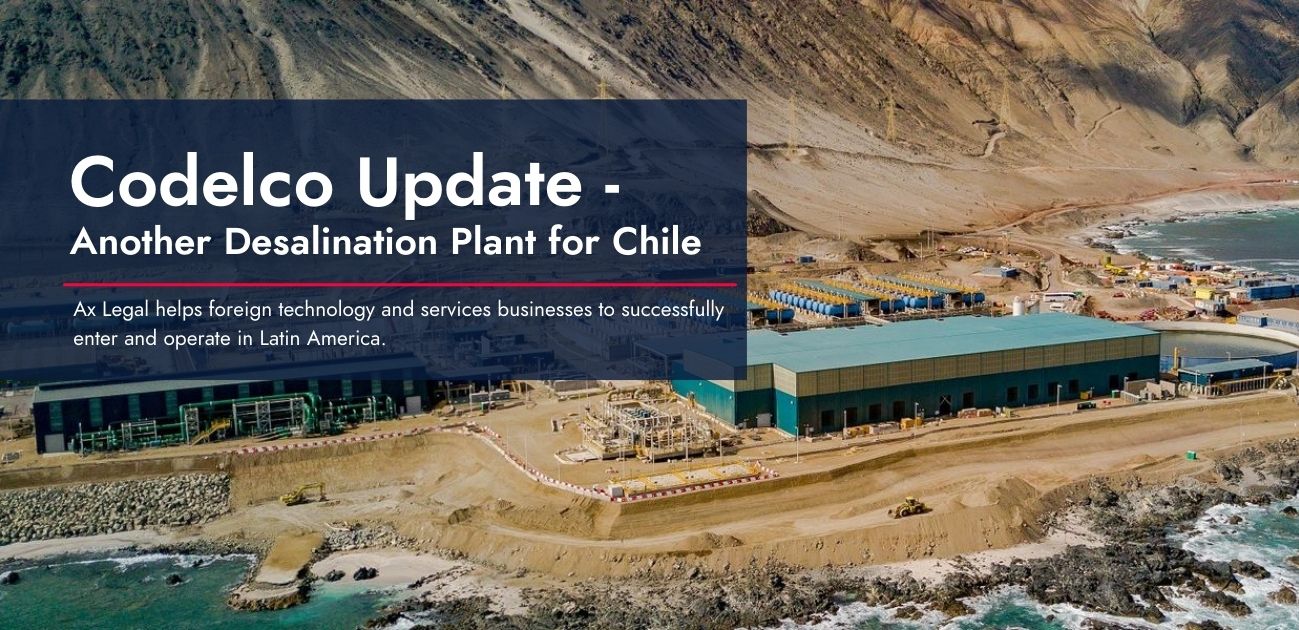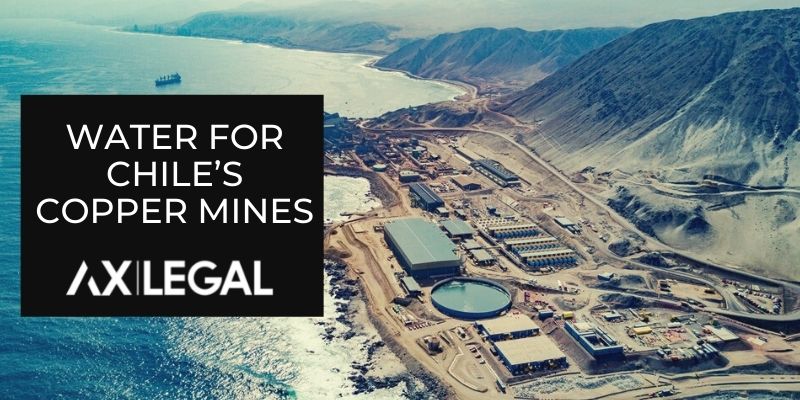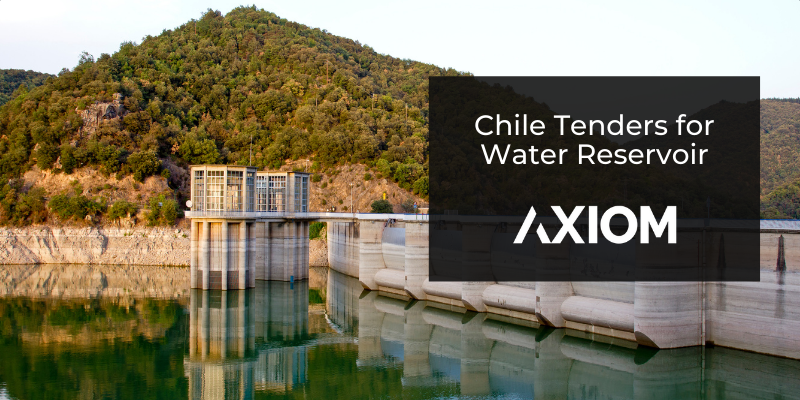Chile has faced a decade-long drought that has impacted local communities and whole industries alike. Codelco recently announced that it will build the country’s second largest desalination facility to provide water to the Chuquicamata, Radomiro Tomic, and Minister Hales Divisions.
Full storyInsights into Chile’s Water Scarcity – Interview with Dr. Giancarlo Barassi
Chile has faced a decade-long drought that has impacted local communities and whole industries alike. We interviewed Dr. Giancarlo Barassi, an expert in desalination and water reuse, who provided us insight into solutions and technologies that could help the country overcome the challenge.
Full storyWater for Chile’s Copper Mines
Chile has faced a severe and long drought. Although the mining industry only uses 9% of the countries water, most operations are located in Northern Chile where water is the scarcest. Mining companies are going to extreme lengths to ensure they have water for thier operations.
Full storyFeature Interview – Agtech Solutions with IST Group- Aqua4D
Farmers require a technology that allows them to improve the water quality while at the same time making better use of the water resource available. There are technologies available today that allow for continuous and much more efficient production than what was available before.
Full storyFeature Interview: Utilis – Technology to Detect Water Leaks
Water issues in Latin America are very important, particularly in Chile, given the reduced rain fall which has limited fresh water for agriculture and personal use over the past 10 years. Companies such as Utilis are providing technologies that are helping water utilities to save water and increase efficiencies of their distribution systems
Full storyChile Tender – Feasibility Studies for Water Reservoir
Chile’s public works ministry will move forward this year with studies for seven water reservoirs worth close to US$1.9bn, which are part of a US$6bn plan to build 26 projects for water reservoirs and other water storage infrastructure.
Full story






 Santiago
Santiago Sydney
Sydney Lima
Lima